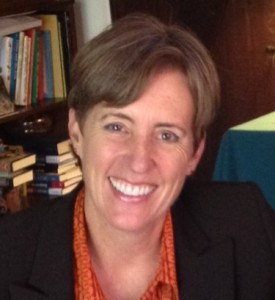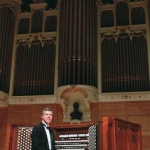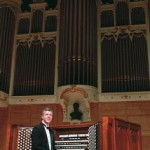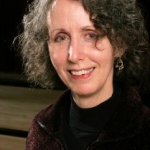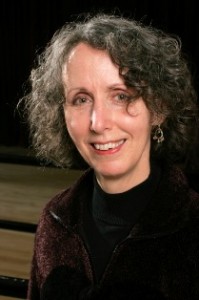
Sandy Seufert
“Practice” Makes Perfect in the Intersection of Visual Arts and Science
Posted by Mar 11, 2014

Sandy Seufert
The concept of “practice” has always been a word attached to my own personal art form of music. But the very verb-ness of that word has taken on a completely different dimension as a noun of serious proportions in my current work with visual artists to develop curriculum to support the new Next Generation Science Standards.
At my work at the Armory Center for the Arts in Pasadena, California, I have the incredible opportunity to work with a brilliant faculty of highly trained and creative teaching artists in a program called, “Children Investigate the Environment.” While this program has existed in a variety of forms since 1986, it was the release of the new Next Generation Science Standards (NGSS) in April of 2013 that prompted an idea to increase the rigor of the science content of the program.
Working in grade level teams with the teaching artists to create the curriculum, it took a while for us to wrap our heads around each of the aspects of the NGSS – Performance Expectations, Disciplinary Core Ideas, Cross Cutting Concepts, etc. However, the first thing that resonated with all of us was the focus on Scientific and Engineering Practices. In reflecting on our own various practices as artists, we realized that we had found an important connection. It was there that we started.
Read More
